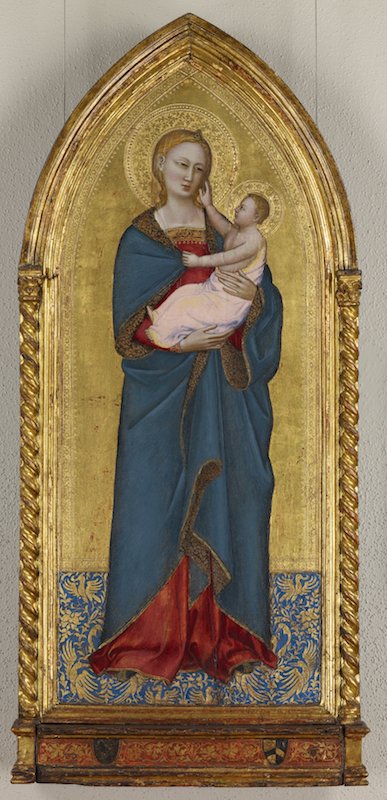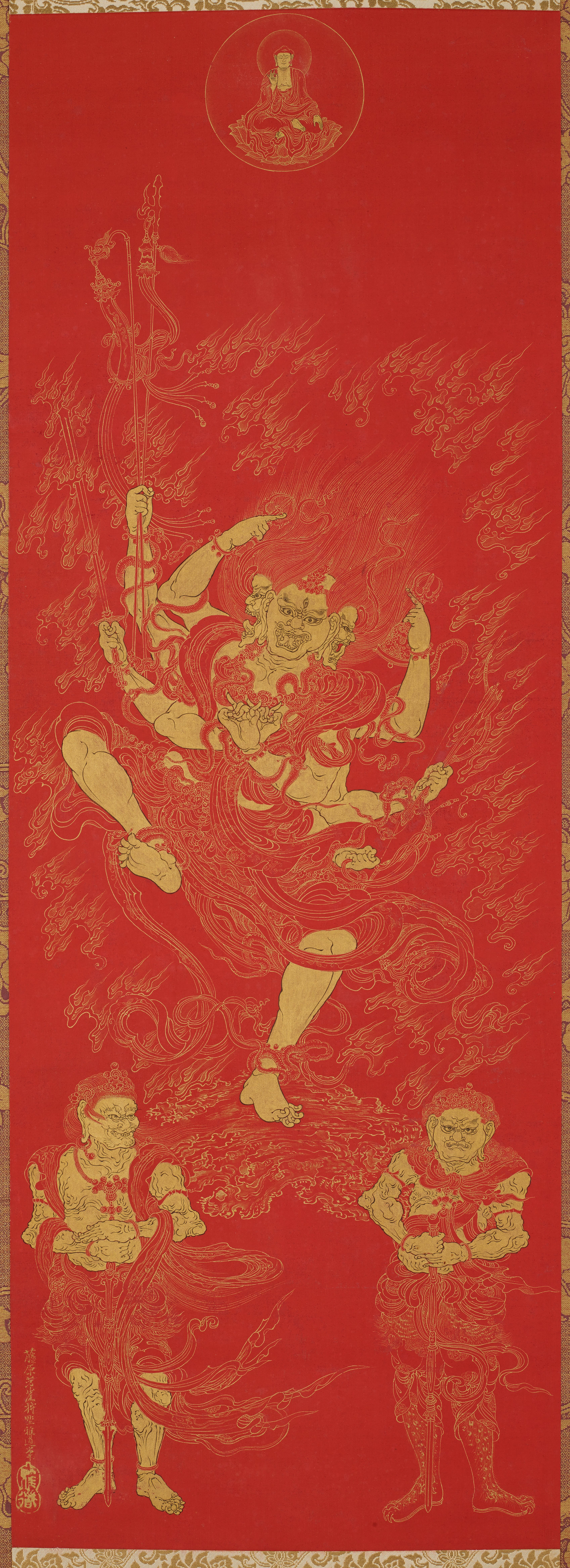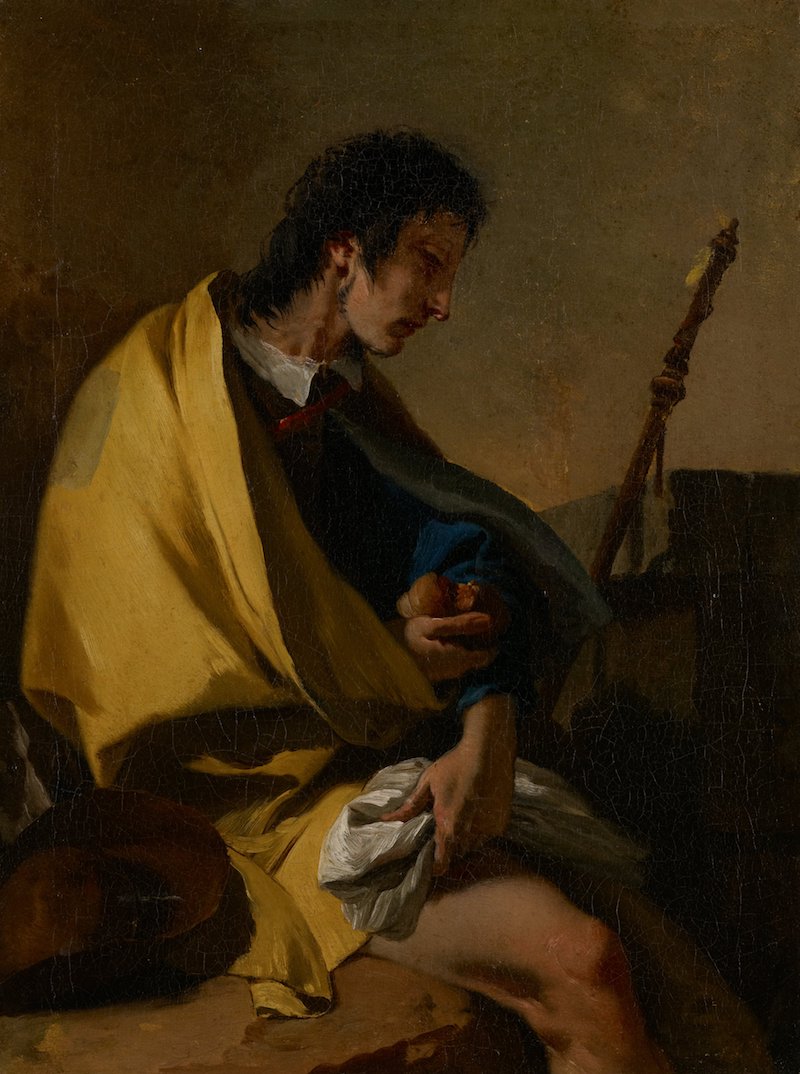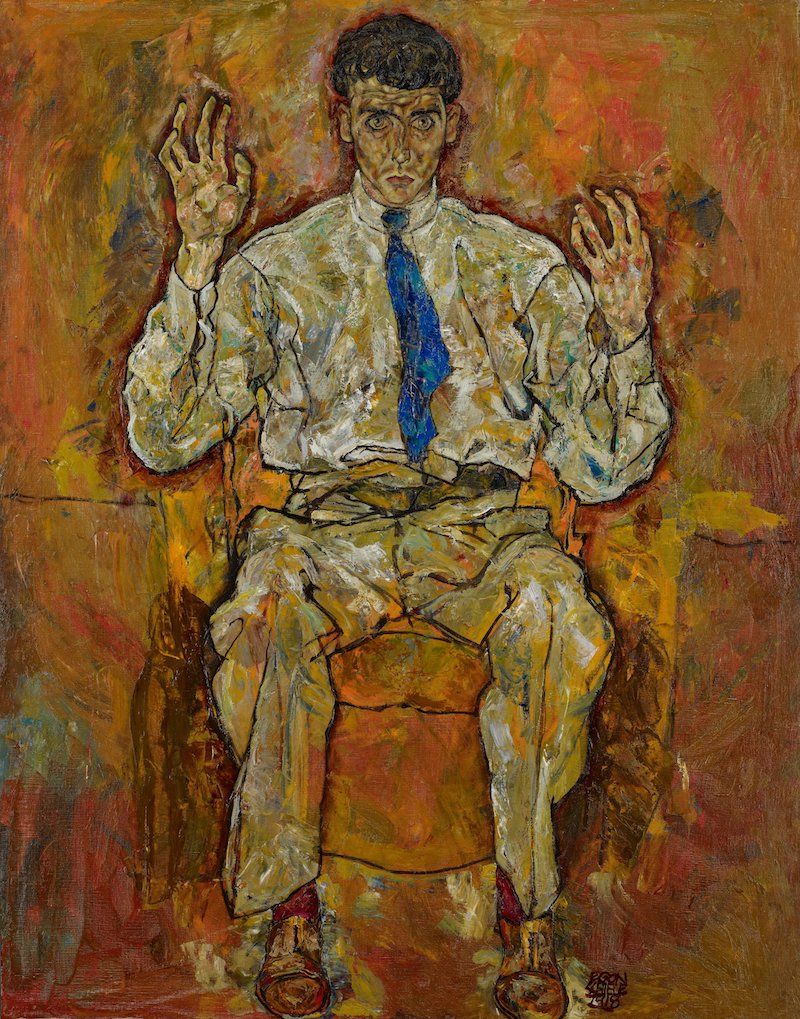The history of human existence is also the history of infectious disease. The plague killed 25 to 50 percent of Europe’s population in just a few years in the 1300s. The flu, which we contend with every winter, killed up to a fifth of the global population between 1918 and 1920.
This year’s flu season is the worst in years. Nearly 7 percent of recent hospital or doctor visits have been attributed to the flu, and the last time this was the case (three years ago) 56,000 people died of the flu in the United States alone. Part of the problem may be a particular strain of the flu that is largely immune to a flu vaccine. But in fact we’re still learning how pandemics happened many hundreds of years ago.
Researchers recently announced that the mysterious deaths of an estimated 18 million Mixtec people in southern Mexico in the 1500s was likely caused by an indigenous strain of salmonella—not some smallpox-like disease brought by European settlers, as long believed. The plague, famously associated with rats, was probably spread mostly by humans themselves in the 1300s, according to several recent studies that found the disease spread too fast for rats to have been intermediaries.
What we know for sure is that art has always reflected the anxiety of pandemics and the relief at their conclusion. Here, a handful of works from Mia’s collection to remind us how closely, and how long, we’ve been bound to deadly microbes.
The label for Rembrandt’s charismatic rat-poison peddler was recently rewritten to reflect new questions about the role of rats in Europe’s Black Death. In any case, Rembrandt’s wry depiction of a peddler as furry and bedraggled as his quarry is among the best of what in his day was a kind of meme: the salty poison peddler just trying to make a hard-earned buck off grotesque misery.
Plague victims lie tormented in the streets while a “bad angel” spears a home to let in the plague. The twist here, in what was likely a study for Jules Elie Delaunay’s Romantic-era masterpiece, The Plague in Rome, is that a “good angel” is directing the bad. The plague in this interpretation (based on a medieval legend) is divine vengeance for the sins of Romans—a punishment that ended only when the pope pleaded directly with God. (This painting is on view in gallery G354).

During the bubonic plague of 1348, more than half the population perished in Florence, where Nardo di Cione created this portrait of Jesus’ mother. The tragedy created a need for new types of religious images, like his Standing Madonna, designed to bring spiritual relief to the survivors. This work is on view in gallery G343.
Saint Roch, born of noble French parents in the late 1200s, was the patron saint of the plague-stricken. Before he was 20, he disposed of his riches and devoted himself to nursing the sick. Saint Roch is frequently depicted with cockleshell, wallet, and staff in the habit of a pilgrim. Stricken with the plague (here, he lifts his robe to reveal the infection on his thigh), he retreated to the wilderness, where he survived on bread brought by his faithful dog.

This outstanding work is a hoso-e, a kind of charm used as protection against or recovery from smallpox, as red was believed to ward off plague and disaster. Usually showing a heroic figure, this painting features one of the fierce five Wisdom Kings in Esoteric Buddhism. The painting is accompanied by a letter from Kamiryo Seiju, a physician and good friend of Hōgai, explaining to a priest that this painting was used in rituals as a religious icon.
Egon Schiele, the Austrian Expressionist painter, was only 28 when he died in the 1918 influenza pandemic. He left this portrait of his friend Paris von Gütersloh unfinished. Gütersloh was a painter, writer, actor, producer, and stage designer, who wrote the first study of Schiele’s art in 1911. With hands raised in a gesture of both attraction and repulsion, eyes transfixed and body tense, Gütersloh is shown at the moment of artistic inspiration. This work is on view in gallery G377.
Youth, beauty, wealth: Madame de Sérilly had it all at 17 when she posed for this sculptural portrait on the occasion of her marriage. But her husband was executed during the French Revolution, and she herself, as a lady-in-waiting to Queen Marie-Antoinette, was imprisoned. Then, two marriages later, at 36, she succumbed to smallpox.
In 1819, the Spanish painter Francisco José de Goya y Lucientes (better known simply as Goya) had fallen seriously ill. His doctor nursed him back to health, and when he recovered he gave Arrieta this portrait of himself with the good doctor aiding him. The words at the bottom read in translation, Goya gives thanks to his friend Arrieta for the expert care with which he saved his life from an acute and dangerous illness which he suffered at the close of the year 1819 when he was seventy-three years old. The nature of the illness has never been settled, with possible causes ranging from yellow fever to complications of syphilis or childhood measles to the lead in his paint. This work is on view in gallery G321.







